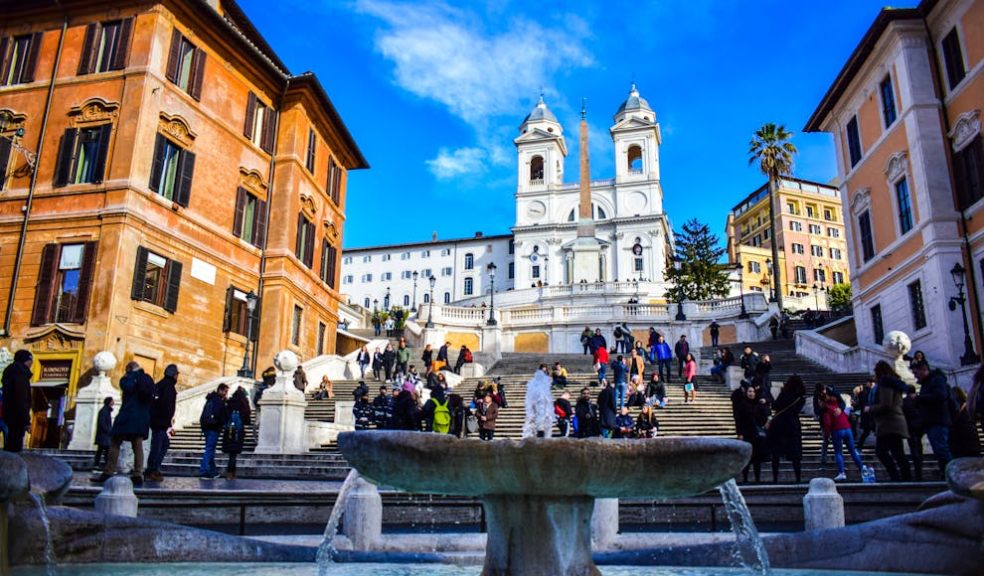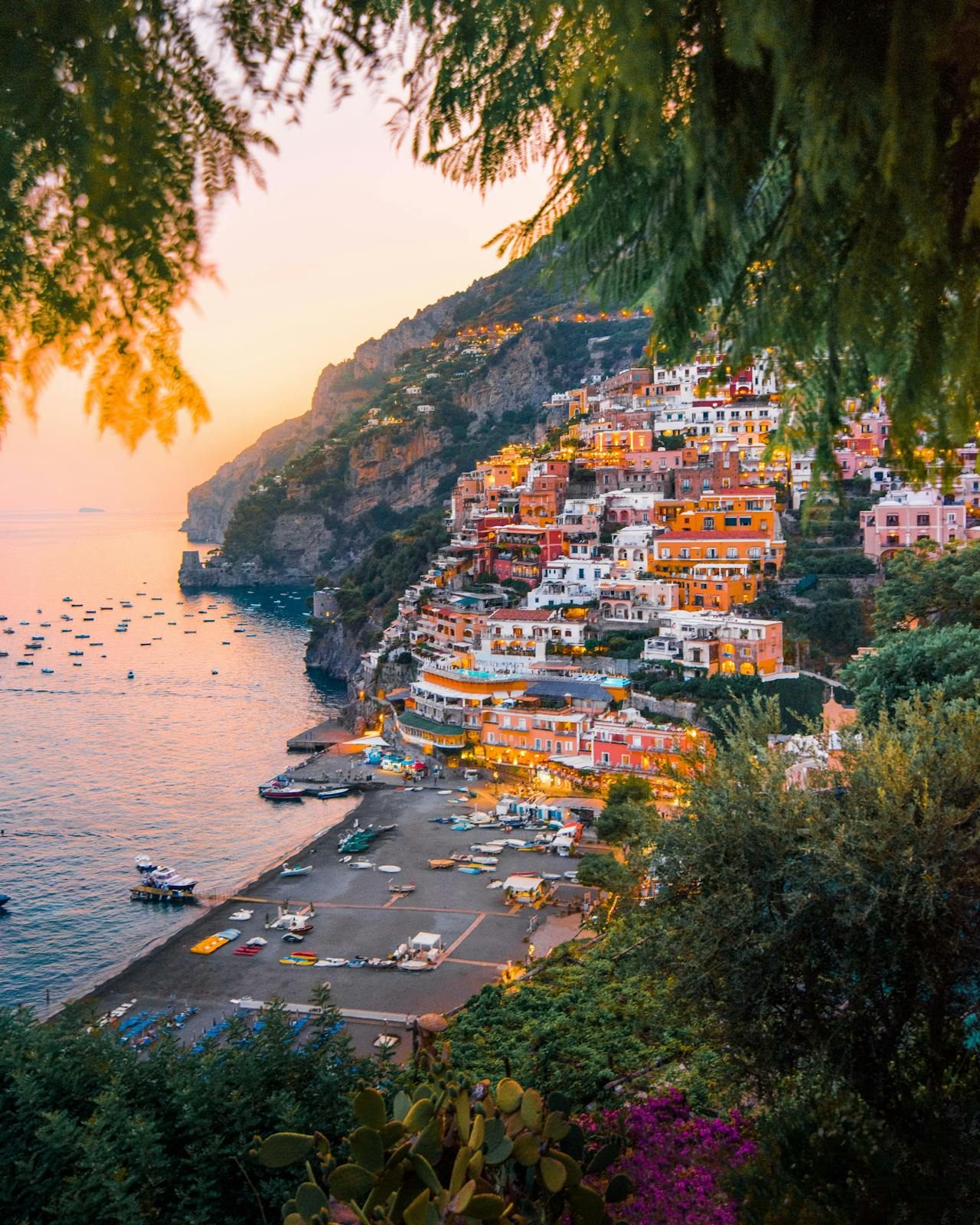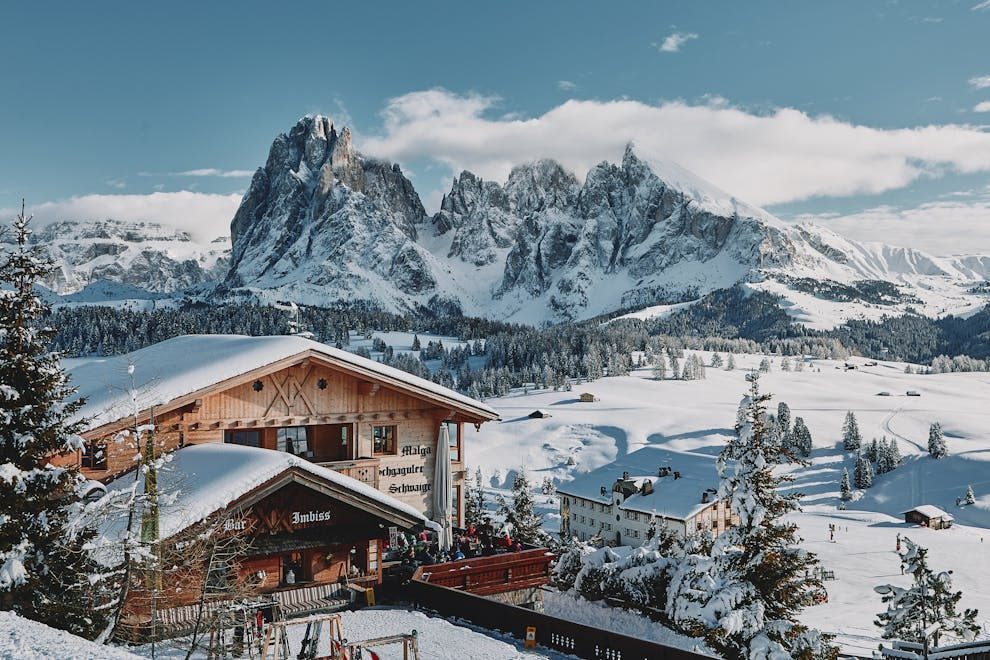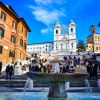
The Best Time to Visit Italy: A Seasonal Guide for Every Kind of Traveller
For many, Italy is just a legendary dream destination: mesmerizing landscapes, rich history, and world-acclaimed food. The well-preserved ancient ruins in Rome, the romantic canals of Venice, and the sun-bathed beaches along the Amalfi Coast will definitely offer something for everyone.
You've got to get the timing just right, to make sure that you get the best experience out of your Italian adventure. Here are detailed suggestions on the best seasons to come to Italy.
Travel Italia
You can now live your dream Italian escapades for your next vacation! Quality Italy vacation packages in 2024 can be a great option to get the best deals and experiences from your Italian adventure. You can secure a holiday packed with flights, accommodations, and guided tours, which aids in better enjoying the trip and in saving money. Before diving into the details, you must understand how Italy's different seasons can affect your overall experience.
Spring (March to May)
Spring is a beautiful period to visit Italy because the weather is just perfect—ranging from 55°F to 70°F—enough to enjoy trips and be engaged in various outdoor activities. This season precedes the major tourist rush, so you’ll encounter fewer crowds compared to the peak summer months.
Spring is the time for city breaks to Florence and Rome, for example—a season when blossoming gardens and al fresco cafes add to the many charms of the city. In addition, you'll be able to enjoy many local festivals, such as the famous Easter celebrations. It's a great time to be outside doing hiking in the Tuscan countryside or exploring the beautiful villages of Cinque Terre.
Summer (June to August)
Italy truly comes alive during the summer. Depending on the area, particularly in the South, temperatures can easily reach over 85°F (29°C), and the popular tourist spots get crowded. If you can stomach the heat and the crowds, however, summer offers up some of the best beach experiences in Italy.

This is the prime time to enjoy the Amalfi Coast, Sardinia, and Sicily with great beaches and a celebratory atmosphere. Throughout the country, you will also find tons of outdoor festivals, concerts, and different kinds of events. Make sure to book accommodation and activities well in advance to avoid the summer rush.
Fall (September-November)
Fall is probably the best time to come to Italy. The weather has cooled down, with temperatures ranging from 60°F to 75°F (16°C to 24°C). The summertime crowd is less thick during an Italian Fall. There are plenty of harvest and wine events, perfect for foodies and oenophiles.
Autumn is a good time to visit and discover beautifully undulating Tuscany landscapes. This season, vineyards are in full swing with grape harvesting. Plus, this time is great to visit the largest cities, such as Rome and Florence, with mild weather. Thirdly, fall is an excellent time for bargain hunters, as accommodation prices normally drop after the summer peak.
Winter (December to February)

Winter in Italy is rather special and can be quite enchanting if you come here during the holiday season. The climate would be dependent on the region, so for Northern Italy, winters are cold with snow, while they are milder in the South. Major cities like Rome, Milan, and Venice are festively decorated, offering markets and various winter events and activities.
Winter is also a very good time of the year to visit Italy's ski resorts in the Alps and the Dolomites. For those more interested in culture, the winter months make for an experience at museums and historic sites that are free of the summer crowds. Be aware that attractions often close or have fewer hours in winter.
Places to Visit Any Time of Year
The country is of much diversity in terms of sites to be visited, making it a beauty any time of the year. Some of the places where you could pay a visit to would be worth watching, irrespective of the time you plan your holidays in Italy:
The City of Rome: is one of the richest in history and cultural heritage; world-famous landmarks include the Colosseum, Roman Forums, and Vatican City. All this is historical and beautiful to see throughout the year, and guided tours enhance your experience.
Florence: Recognized as the cradle of Renaissance, Florence is bestowed with world-class museums, both on art, among them the Uffizi Gallery, and under them, the Accademia Gallery, with its very famous Michelangelo’s Statue of David. The city's architectural heritage is stunning, and the cultural scene is alive 24 hours a day.
Venice: With all due uniqueness, this city amazes in canals and historical architecture. The sights of St Mark's Basilica, Doge's Palace, and the Grand Canal amaze in any season.
Amalfi Coast: stunning views, lovely villages like Positano and Amalfi, steep cliffs over crystal clear water: Great for sunbathing in a tropical beach environment or, in cooler weather, enjoying the exquisite coastal scenery.
Tuscany: Home to that classic rolling landscape of hills, vineyards, and teddy bear-colored haystacks, with numerous enchanting towns like Siena and San Gimignano, it is ideal for both wine lovers and seekers of scenic beauty. The pleasant landscape and local cuisine can be enjoyed all year.
Milan: Italy's style capital, Milan, offers a lot for you to enjoy, from the beautiful Milano Cathedral to the legendary La Scala opera house. Shopping areas and cultural spots don't stop buzzing all year round.
Cinque Terre: Collection of five colorful fishing villages along the Ligurian coast, world-famous for the dramatic scenery and amazing hiking trails. The villages are lovely and accessible any time of the year, but, however, the trails will be most enjoyable in spring and fall.
From historic cities to coastal relaxation and art and culture, Italy offers many experiences that you will carry with you all year round.
Travel Resources
As you prepare for a tour in whichever part of Italy, pack smartly and prepare well for a hassle-free and great experience. Here is a travel packing list to detail some of the essentials you should consider including in your luggage:
1. Travel Documents: Make sure to have a valid passport and necessary visas. A Schengen visa is required for many travelers. This is an assurance of traveling freely within Italy and other countries in the Schengen Area.
2. Currency: Italy uses the Euro (€). Even though credit cards are widely accepted, you should keep some cash just in case you visit some places where they could be unaccepted.
3. Travel Insurance: Proper and comprehensive travel insurance tick marks your protection against unexpected events like trip cancellations, medical eventualities, or lost luggage. Make sure your policy protects all the activities you intend to undertake.
4. Clothing: Pack season-appropriate clothing depending on the kind of activities you will be participating in. While summer clothing should be made primarily from lightweight and breathable fabric, you can carry some warmer wear in winter. If you are planning to do city walks and also visit any historical places, do get comfortable walking shoes.
5. Electrical Adapters: Italy uses the Type C, F, and L plugs. The standard voltage is 230V, with a frequency of 50Hz. Bring appropriate adapters for your electronics.
6. Health and Safety Items: Any medications that may be required with its prescribed dosage, along with a little first-aid box. It is always good to have hand sanitizers and masks with you, especially if you want to visit a place where the crowd is much denser.
7. Guidebook and Maps: While digital maps are very handy, a guidebook and physical maps are very useful in places where internet services are poor.
8. Language Basics: As most Italians speak English, knowing some basic Italian phrases will make the trip more enjoyable and allow you to get around very easily.
FAQs
When is the best time to go to Italy for warm weather?
The summer months running from June to August are the best to enjoy warm weather in Italy. The temperatures are really high, especially during this time, in southern regions—it is really good for beach activities.
Are there off-season advantages to the best time to go to Italy?
Sure, traveling out of season during spring (September to November) or fall (March to May) means fewer crowds and less spending on accommodation and flights, and even the weather is still good beforehand.
What should be remembered while traveling to Italy during winter?
You can enjoy the festive holiday displays and activities across major cities during winter or explore the northern regions for some of the country's excellent ski resorts. It may, however, be very cold, and you need to prepare for occasional journey disruptions due to bad weather.
Conclusion
The best time to travel to Italy depends mostly on the kind of experience you want to have. Each season is special in its own way; from spring and its beauty in bloom to winter and the festive atmosphere that comes with it. Whether you're planning to soak up the summer sun, take in the harvest festivals of fall, or experience winter's cultural treasures in Italy, understanding the seasonal nuances will help you make the most of your trip. With careful planning, your Italian adventure will be memorable no matter when you choose to go.











%20(wecompress.com)0671.png)


